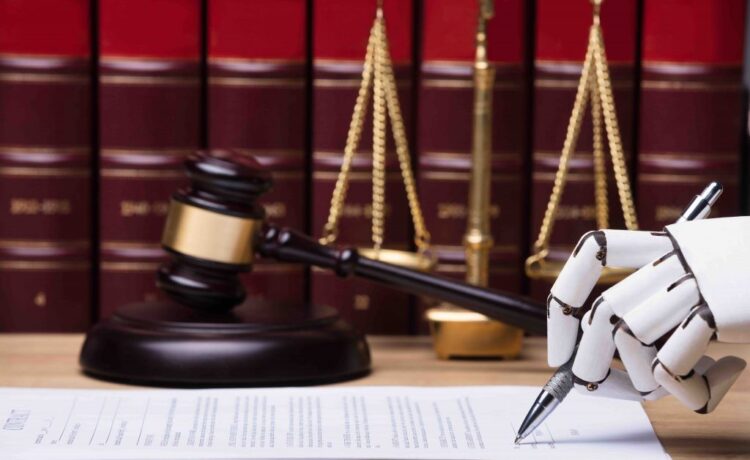Legal processes are complex and maze-like, therefore every detail matters. Court hearings and depositions must be carefully recorded and transcripted to ensure justice. However, traditional courtroom action recording has always been arduous and error-prone. AI deposition software is revolutionizing court documentation.
Real-Time Transcription
AI deposition software‘s ability to transcribe court events in real time is a major feature. We no longer need stenographers to meticulously record every court word. AI-powered transcription can swiftly and accurately transcribe proceedings. This ensures correct deposition or hearing documentation and saves time.
Accuracy and Reliability
Advanced natural language processing algorithms transcribe spoken words into text quite accurately in AI deposition software. The program’s transcriptions are accurate because these algorithms are trained on massive amounts of data. This accuracy is essential in court proceedings, when even a little transcription error can have major consequences.
Searchable Transcripts
AI deposition software has searchable court transcripts, which is useful. This makes it easy for attorneys and other legal experts to access specific passages or information in a transcript, saving them time and effort. Transcript review and analysis are much faster when users can find the exact testimony they need with a few clicks.
Cost-Effectiveness
Stenographers have proven expensive, especially for lengthy depositions or complex trials. AI deposition software eliminates the need for human transcribers and reduces transcribing costs. This makes the software accessible to more legal practitioners, regardless of income.
Remote Accessibility
In a digital environment, remote court access is essential. AI deposition software lets remote participants watch court transcripts in real time from anywhere with an internet connection. Lawyers, expert witnesses, and other interested parties can attend depositions or hearings remotely, saving time and money on travel.
Better Collaboration
Law requires teamwork. AI deposition software lets teams examine and share transcripts on one platform. Attorneys may easily collaborate on cases, annotations, and strategies with the software’s easy interface. Legal practitioners collaborate and communicate better and the legal process is streamlined.
Time Efficiency
AI deposition software saves time throughout the legal process. Legal time is crucial. The technology streamlines legal procedures and lets attorneys focus on case development rather than administrative tasks. It does this via real-time transcribing proceedings and making transcript retrieval easy.
Better Recording
Court proceedings must be properly recorded for transparency and accountability. AI deposition software securely stores and manages transcripts for easy access. This records everything that transpires during a deposition or hearing and protects important legal documents.
Compliance and Security
AI deposition software has strict security protocols to comply with all laws and regulations. Transcripts are encrypted and only authorized users can access the application to protect confidential data. Legal practitioners can now relax knowing their data is secure.
Future Innovations
AI technology will improve deposition software. Future improvements may include speech recognition, real-time language translation, and facial expression and body language deciphering to better understand witness evidence. These changes could revolutionize law practice and speed up court documentation.
Conclusion
Legal technology has advanced greatly with artificial intelligence deposition software, which makes recording court sessions easier than a decade ago. AI deposition software offers searchable transcripts, remote access, and real-time transcription. As the legal profession accepts these technological advances, productivity, accuracy, and teamwork may improve, resulting in a more open and just judicial system.











